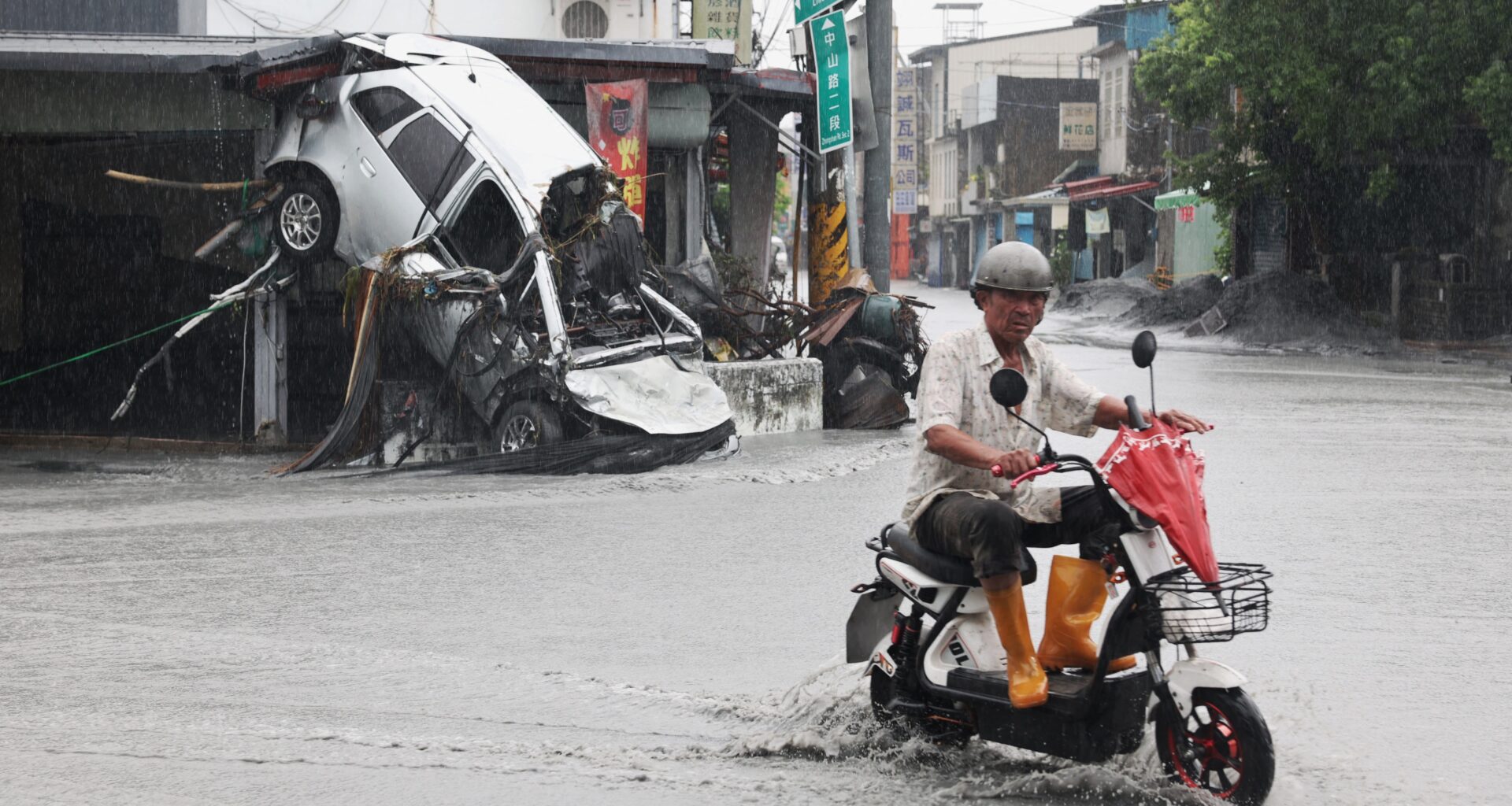Rémy Estran-Fraioli is the CEO of Scientific Climate Ratings and chair of the European Association of Credit Rating Agencies; Frédéric Ducoulombier is programme director for climate regulation and policies at EDHEC Climate Institute, and a member of the Strategic Orientation Committee of Scientific Climate Ratings
Banks are still flying blind on climate risk — and regulators are partly to blame.
A recent global survey by UNEP FI and Global Credit Data found that only 18 per cent of banks integrate climate risk into their internal ratings-based models, which drive regulatory capital requirements. The study cites data gaps and methodological hurdles but does not explain the deeper problem: credit risk and climate risk models are built on fundamentally different logics.
Unless supervisors adapt, the IRB models of today will remain blind to one of the most significant credit risk drivers of this century.
Credit risk models are precision tools honed on the past. Under the IRB approach, they calculate probabilities of default, losses given default, and exposure at default using deep pools of historical data.
Defaults, losses and macroeconomic patterns from years gone by are fed into these systems, with the underlying belief that yesterday’s relationships will largely hold tomorrow. This backward-looking design is reinforced by strict regulatory requirements: every risk driver must be de facto statistically significant, rigorously validated, and continuously monitored.
“A factory in a flood zone may operate for years without incident, then suffer catastrophic losses from a single storm wiping it out overnight.”
The result is a disciplined, data-heavy framework built to forecast the next 12 months of creditworthiness — and nothing beyond.
Climate risk models speak a different language. They are not grounded in borrower default histories but in climate science and policy pathways. Instead of asking “what happened last year, and will it repeat?”, they ask “what could happen in the decades ahead and how prepared are we if it does?” — on the premise that past performance is no guarantee of future results.
They are more about “what if” than “what is likely” and are therefore better suited to stress testing than to expected value assessments, such as those used in IRB models.
Time horizon and jump risks
This clash of timeframes is perhaps the starkest barrier. Credit models live in the short term; climate models stretch through decades, often beyond the maturity of any loan. Yet climate impacts are already becoming present realities. Flood and storm projections outlined by the Intergovernmental Panel on Climate Change are no longer distant warnings but lived experience. Still, they remain invisible in models built only on the recent past.
Credit risk typically deteriorates gradually — missed payments, shrinking revenues, rising leverage — in a way that fits smooth statistical curves. Climate risk rarely behaves so politely. A factory in a flood zone may operate for years without incident, then suffer catastrophic losses from a single storm wiping it out overnight. Traditional IRB models, trained on incremental changes, struggle to recognise such risk jumps.
Even when measurable, climate risk can disappear into the noise at portfolio level. IRB models require validated and stable drivers with discriminatory power and monotonic relationships. Without granular, location-based segmentation, climate variables may be omitted or muted, as correlated climate exposures can appear idiosyncratic and get diversified away in the model (but not on the ground).
Bridging the gap
These obstacles are significant, but not insurmountable. Several bridges can be built.
Integrating research such as that of EDHEC climate finance professor Riccardo Rebonato on “How to Assign Probabilities to Climate Scenarios” help transform scenario narratives from “what if” to “what is likely”, or in other words from stress testing to expected value assessments in line with IRB models’ philosophy.
Further, return period analyses could inform scorecards. For example, if we assume that a once-a-century flood damages an infrastructure asset and prevents the project company operating it from servicing its debt (despite insurance, guarantees, or government support), then its default probability should be floored at 1 per cent.
Portfolios could also be segmented not only by sector but by geography, ensuring location-specific climate hazards become visible.
For meaningful integration, supervisors must evolve. Current rules enshrine backward-looking validation, which is ill-suited to emerging structural risks. That does not mean abandoning prudential principles, but it does mean recognising that waiting for climate impacts to show up statistically across entire datasets would defeat the very purpose of risk management.
Banks therefore face a stark choice. Either they continue to treat climate risk as a separate, non-regulatory exercise — useful for disclosures but irrelevant for capital — or supervisors open the door to forward-looking adjustments that allow IRB models to capture what matters most: resilience against tomorrow’s rather than yesterday’s shocks.
